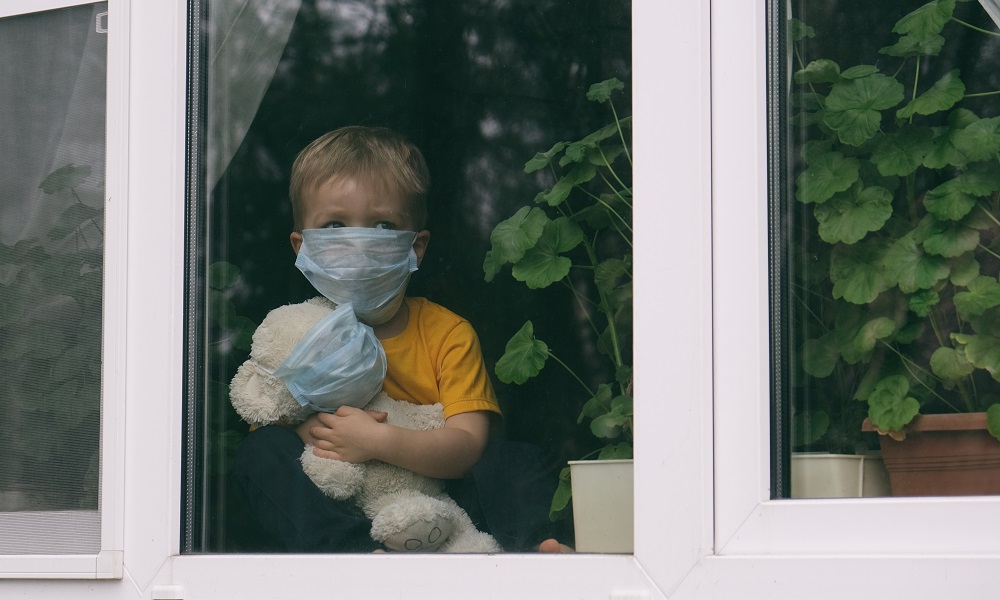Author(s): H Juliette T Unwin, PhD | Susan Hillis, Lucie Cluver, PhD | Seth Flaxman, PhD | Philip S Goldman, MA | Alexander Butchart, PhD | Gretchen Bachman, MBA | Laura Rawlings, PhD | Christl A Donnelly, ScD | Oliver Ratmann, PhD | Phil Green, MA | Charles A Nelson, PhD | Alexandra Blenkinsop, PhD | Samir Bhatt, PhD | Chris Desmond, PhD | Andrés Villaveces, MD | Lorraine Sherr, PhD
Published: Feb. 24, 2022 in The Lancet, Child and Adolescent Health
Report Intro/Brief:
“In the 6 months following our estimates from March 1, 2020, to April 30, 2021, the proliferation of new coronavirus variants, updated mortality data, and disparities in vaccine access increased the amount of children experiencing COVID-19-associated orphanhood. To inform responses, we aimed to model the increases in numbers of children affected by COVID-19-associated orphanhood and caregiver death, as well as the cumulative orphanhood age-group distribution and circumstance (maternal or paternal orphanhood).
Methods:
We used updated excess mortality and fertility data to model increases in minimum estimates of COVID-19-associated orphanhood and caregiver deaths from our original study period of March 1, 2020–April 30, 2021, to include the new period of May 1–Oct 31, 2021, for 21 countries. Orphanhood was defined as the death of one or both parents; primary caregiver loss included parental death or the death of one or both custodial grandparents; and secondary caregiver loss included co-residing grandparents or kin. We used logistic regression and further incorporated a fixed effect for western European countries into our previous model to avoid over-predicting caregiver loss in that region. For the entire 20-month period, we grouped children by age (0–4 years, 5–9 years, and 10–17 years) and maternal or paternal orphanhood, using fertility contributions, and we modelled global and regional extrapolations of numbers of orphans. 95% credible intervals (CrIs) are given for all estimates.
Findings:
The number of children affected by COVID-19-associated orphanhood and caregiver death is estimated to have increased by 90.0% from April 30 to Oct 31, 2021, from 2,737,300 to 5,200,300. Between March 1, 2020 and Oct. 31, 2021, 491,300 children aged 0–4 years, 736,800 children aged 5–9 years, and 2,146,700 children aged 10–17 years are estimated to have experienced COVID-19-associated orphanhood. Globally, 76.5% of children were paternal orphans, whereas 23.5% were maternal orphans. In each age group and region, the prevalence of paternal orphanhood exceeded that of maternal orphanhood.
Interpretation:
Our findings show that numbers of children affected by COVID-19-associated orphanhood and caregiver death almost doubled in 6 months compared with the amount after the first 14 months of the pandemic. Over the entire 20-month period, 5·0 million COVID-19 deaths meant that 5·2 million children lost a parent or caregiver. Our data on children’s ages and circumstances should support pandemic response planning for children globally.”
>>> CLICK HERE to see all of Youth Today’s REPORT LIBRARY































